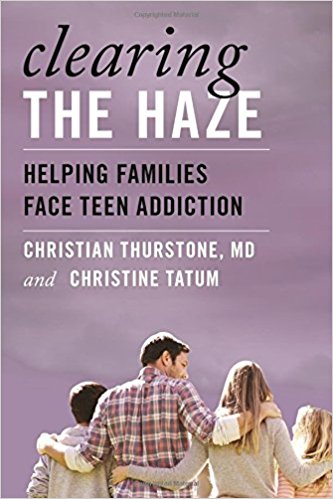This research’s results were published in the American Journal of Addiction in November 2013.
Study title: Prevalence and predictors of injection drug use and risky sexual behaviors among adolescents in substance treatment.
Co-authors: Thurstone C, Salomonsen-Sautel S, Mikulich-Gilbertson SK, Hartman CA, Sakai JT, Hoffenberg AS, McQueen MB, Min SJ, Crowley TJ, Corley RP, Hewitt JK, Hopfer CJ.
Study citation: Am J Addict. 2013 Nov-Dec;22(6):558-65. doi: 10.1111/j.1521-0391.2013.12064.x
Background and Objectives
The longitudinal risk for human immunodeficiency virus (HIV) infection following adolescent substance treatment is not known. Therefore, it is not known if adolescent substance treatment should include HIV prevention interventions. To address this important research gap, this study evaluates the longitudinal prevalence and predictors of injection drug use (IDU) and sex risk behaviors among adolescents in substance treatment.
Methods
Participants were 260 adolescents (13-18 years) in substance treatment and 201 community control adolescents (11-19 years). Participants were assessed at baseline and follow-up (mean time between assessments = 6.9 years for the clinical sample and 5.6 years for the community control sample). Outcomes included self-report lifetime history of IDU, number of lifetime sex partners and frequency of unprotected sexual intercourse.
Results
At baseline, 7.5% of the clinical sample, compared to 1.0% of the community control sample had a lifetime history of IDU (χ12=10.53, p = .001). At follow-up, 17.4% of the clinical sample compared to 0% of the community control sample had a lifetime history of IDU (χ12=26.61, p = .0005). The number of baseline substance use disorders and onset age of marijuana use significantly predicted the presence of lifetime IDU at follow-up, after adjusting for baseline age, race, and sex. The clinical sample reported more lifetime sex partners and more frequent unprotected sex than the community control sample at baseline and follow-up.
Conclusions
Many adolescents in substance treatment develop IDU and report persistent risky sex. Effective risk reduction interventions for adolescents in substance treatment are needed that address both IDU and risky sex.


We welcome all thoughtful comments, but please abide by our commenting rules